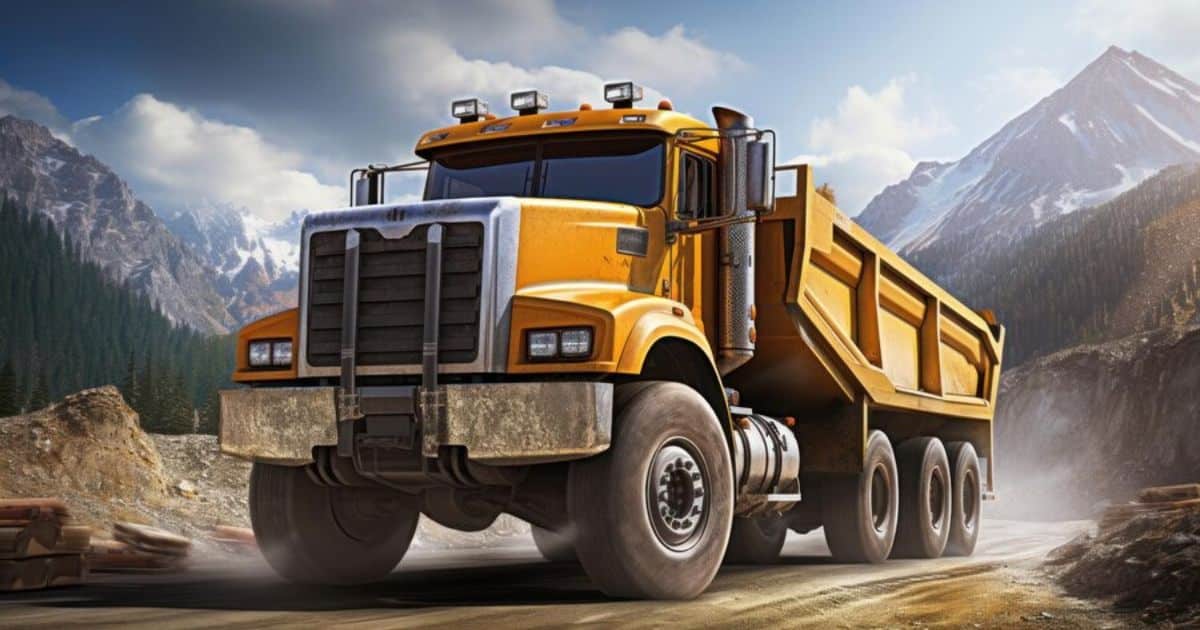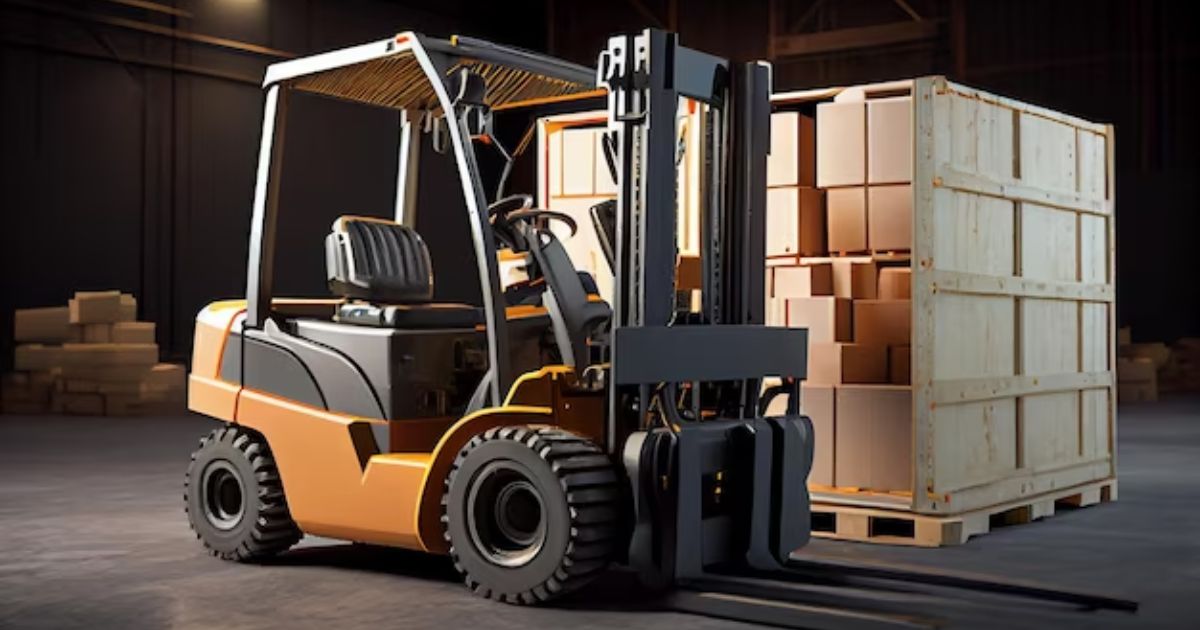In a world where mountains of waste seem to multiply overnight, the question lingers: just how much trash can a garbage truck hold? Prepare to be astounded as we delve into the realm of hauling capacity, lifting capabilities, and weight sensors of various types of trash trucks. From front loaders to roll-offs, this article will unveil the secrets behind the colossal capacities of these mighty machines. Join us on this journey of trash triumph as we explore the hidden depths of garbage truck hauling.
Key Takeaways
- Rear Loader garbage trucks have a hauling capacity ranging from 30 to 40 cubic yards.
- Front Loader garbage trucks have a hauling capacity that varies depending on the model.
- Side Loader garbage trucks typically have a hauling capacity ranging from 20 to 30 cubic yards.
- Grapple Trucks and Roll-Off garbage trucks have hauling capacities that vary depending on their specific size and design.
Front Loader Trucks
Front loader trucks have a lifting mechanism that allows them to efficiently collect and transport large amounts of waste. These trucks are commonly used in residential and commercial areas where there is a high demand for waste removal services.
The lifting mechanism of front loader trucks consists of hydraulic arms that extend from the front of the vehicle and attach to specially designed bins. This allows the truck to quickly and easily lift and empty the contents of the bin into its storage compartment.
The design of front loader trucks enables them to hold a significant amount of trash, typically ranging from 20 to 30 cubic yards. This makes them ideal for handling large volumes of waste and ensuring efficient waste management in communities.
Side Loader Trucks
Side loader trucks, also known as curbside collection vehicles, are equipped with a mechanical arm that allows for efficient waste collection and disposal. These trucks are widely used in residential areas and offer several advantages over other types of garbage trucks. Here are three reasons why side loader trucks are popular choices for waste management:
- Enhanced Safety: Side loader trucks eliminate the need for manual lifting and reduce the risk of injuries to workers. The mechanical arm can pick up and empty bins without the need for workers to physically handle the waste.
- Increased Efficiency: The mechanical arm of a side loader truck can reach and empty bins from both sides of the vehicle, allowing for faster collection times. This efficiency helps reduce traffic congestion and ensures prompt waste removal.
- Versatile Operation: Side loader trucks are capable of collecting and emptying different types of waste containers, including bins, bags, and even bulky items. This versatility makes them suitable for a wide range of waste collection scenarios.
Rear Loader Trucks
Rear loader trucks offer another efficient and practical solution for waste management, complementing the benefits provided by side loader trucks. These trucks are commonly used in residential areas and are equipped with a hydraulic lifter at the rear, which allows for easy and efficient loading of garbage containers.
With their rear-loading mechanism, these trucks can pick up and compact trash from multiple containers in a single pass, reducing the time and resources required for waste collection. Rear loader trucks are known for their maneuverability, making them suitable for navigating narrow streets and congested areas.
Their compact design and ability to hold a significant amount of trash make them a valuable asset in waste management operations, ensuring a cleaner and more sustainable environment for the community.
Roll-off Trucks
Roll-off trucks offer a versatile solution for waste management, enhancing the efficiency and effectiveness of garbage collection operations. These trucks are equipped with a hydraulic system that allows them to load and unload large containers, known as dumpsters or roll-off containers. Here are three key features of roll-off trucks that make them an indispensable tool in waste management:
- Flexibility: Roll-off trucks can easily transport different sizes of dumpsters, ranging from 10 to 40 cubic yards. This flexibility allows waste management companies to adapt to varying waste volumes and collection requirements.
- Time-saving: The hydraulic system of roll-off trucks enables quick and efficient loading and unloading of dumpsters. This saves valuable time and allows for more collections to be made in a single day.
- Safety: Roll-off trucks are designed with safety features such as secure latching systems and stable chassis. This ensures the safe transportation of dumpsters, preventing accidents and spills during transit.
Front-End Loaders
Continuing the discussion on waste management tools, front-end loaders are another essential component that enhances the efficiency of garbage collection operations. These powerful machines are designed to lift and transport heavy loads of waste materials into the garbage truck. Front-end loaders are commonly used in commercial and industrial settings where large quantities of waste need to be collected and disposed of regularly.
Front-end loaders come in different sizes and capacities, allowing them to handle varying amounts of waste. The table below provides an overview of the typical specifications of front-end loaders:
| Loader Model | Capacity (cubic yards) | Weight (tons) | Maximum Lift Capacity (tons) |
|---|---|---|---|
| Loader A | 2 | 4 | 2.5 |
| Loader B | 4 | 7 | 5 |
| Loader C | 6 | 11 | 8 |
| Loader D | 8 | 16 | 12 |
These specifications give waste management companies an idea of the capabilities of different front-end loaders and help them choose the most suitable equipment for their operations.
As we move on to discuss side loaders, we will explore how these vehicles further optimize waste collection processes.
Side Loaders
Side loaders are a type of waste management vehicle that efficiently collects and transports garbage using a unique loading mechanism. These vehicles are designed to load waste from the side, eliminating the need for manual lifting or the use of additional equipment. Side loaders offer several advantages over other types of garbage trucks:
- Increased productivity: Side loaders can pick up multiple bins at once, allowing for faster collection times and increased efficiency.
- Versatility: These trucks can easily navigate narrow streets and tight spaces, making them suitable for urban areas with limited access.
- Enhanced safety: The side loading mechanism reduces the risk of injuries associated with manual lifting, ensuring the well-being of waste management personnel.
Lifting Capacity of Trash Trucks
Trash trucks have a lifting capacity that determines the maximum amount of waste they can collect and transport at any given time. This capacity refers to the weight limit that a garbage truck’s lifting mechanism can handle.
The lifting capacity is a crucial factor in determining the efficiency and effectiveness of waste collection operations. It ensures that the truck can safely lift and empty dumpsters or bins without exceeding its capabilities. The lifting capacity of trash trucks can vary depending on the type and size of the vehicle.
It is important for waste management companies to carefully consider the lifting capacity when selecting and operating their garbage trucks to ensure optimal performance and safety. Now, let’s move on to discussing the hauling capacity of trash trucks, which is another critical aspect of waste collection and transportation.
Hauling Capacity of Trash Trucks
The hauling capacity of a garbage truck refers to the maximum amount of waste it can transport in a single trip. This capacity varies depending on the type and size of the garbage truck. Here are three examples of hauling capacities for different types of garbage trucks:
- Rear Loader: A rear loader garbage truck typically has a hauling capacity of around 20 to 30 cubic yards. This type of truck is commonly used for residential waste collection.
- Front Loader: Front loader garbage trucks, commonly used for commercial waste collection, have a larger hauling capacity ranging from 30 to 40 cubic yards. These trucks are equipped with a hydraulic arm to lift and empty dumpsters into the truck.
- Roll-Off: Roll-off garbage trucks are capable of hauling much larger amounts of waste. Their hauling capacity can range from 10 to 50 cubic yards, making them ideal for construction and demolition waste removal.
Understanding the hauling capacity of garbage trucks is crucial for efficient waste management and disposal. However, it is equally important to monitor the weight of the waste being collected. This is where weight sensors for garbage trucks come into play.
Weight Sensors for Garbage Trucks
Weight sensors are commonly installed in garbage trucks to accurately measure the weight of the waste being collected. These sensors play a crucial role in managing the collection and disposal process efficiently.
By providing real-time weight data, they enable waste management companies to optimize their routes and ensure that trucks are not overloaded, which can lead to safety concerns and increased wear and tear on the vehicles. The weight sensor technology used in garbage trucks is typically based on load cells or strain gauges that can detect even small weight changes.
The data collected by these sensors is often transmitted wirelessly to a central monitoring system, allowing for easy tracking and analysis. Here is a table showcasing some commonly used weight sensor technologies in garbage trucks:
| Sensor Type | Description |
|---|---|
| Load Cells | Convert the weight applied to them into an electrical signal for measurement |
| Strain Gauges | Measure the strain or deformation in an object to determine its weight |
| Hydraulic | Use hydraulic pressure to estimate the weight of the load |
| Ultrasonic | Emit ultrasonic waves and measure the time taken for them to bounce back |
| Piezoelectric | Generate electrical charge when subjected to mechanical stress |
Weight sensors in garbage trucks are essential for efficient waste management, allowing for accurate weight measurement and optimization of collection processes.
FAQ’s
How Does a Front Loader Truck Differ From a Rear Loader Truck in Terms of Functionality and Design?
A front loader truck and a rear loader truck differ in terms of functionality and design. The front loader truck loads waste from the front, using hydraulic arms, while the rear loader truck loads waste from the rear using a compactor mechanism.
What Are the Advantages of Using a Side Loader Truck Over a Front Loader Truck?
The advantages of using a side loader truck over a front loader truck include increased maneuverability, improved efficiency in tight spaces, and the ability to collect trash directly from the curb without the need for additional equipment.
Can Roll-Off Trucks Be Used for Any Other Purposes Besides Waste Disposal?
Roll-off trucks can be used for various purposes besides waste disposal, such as transporting heavy machinery, construction materials, and large containers. Their versatility makes them valuable assets in industries that require efficient and flexible hauling capabilities.
How Do Front-End Loaders Differ From Side Loaders in Terms of Lifting and Dumping Capabilities?
Front-end loaders and side loaders differ in their lifting and dumping capabilities. Front-end loaders use hydraulic arms to lift and dump trash into the truck’s hopper, while side loaders have built-in mechanisms that allow them to lift and empty bins from the side.
Is the Weight Sensor Technology Used in Garbage Trucks a Standard Feature, or Is It an Optional Add-On?
Weight sensor technology in garbage trucks is an optional add-on, providing accurate measurements to optimize waste collection and disposal. It enhances operational efficiency and reduces costs, making it an attractive choice for waste management companies seeking to improve their processes.
Conclusion
In conclusion, garbage trucks have different capacities depending on their type and design. Front loaders, side loaders, rear loaders, roll-off trucks, front-end loaders, and side loaders all have varying hauling capacities. The weight sensor technology allows for efficient waste management by accurately measuring the weight of the trash. Understanding the capabilities and limitations of these trucks is crucial for effective waste disposal.











